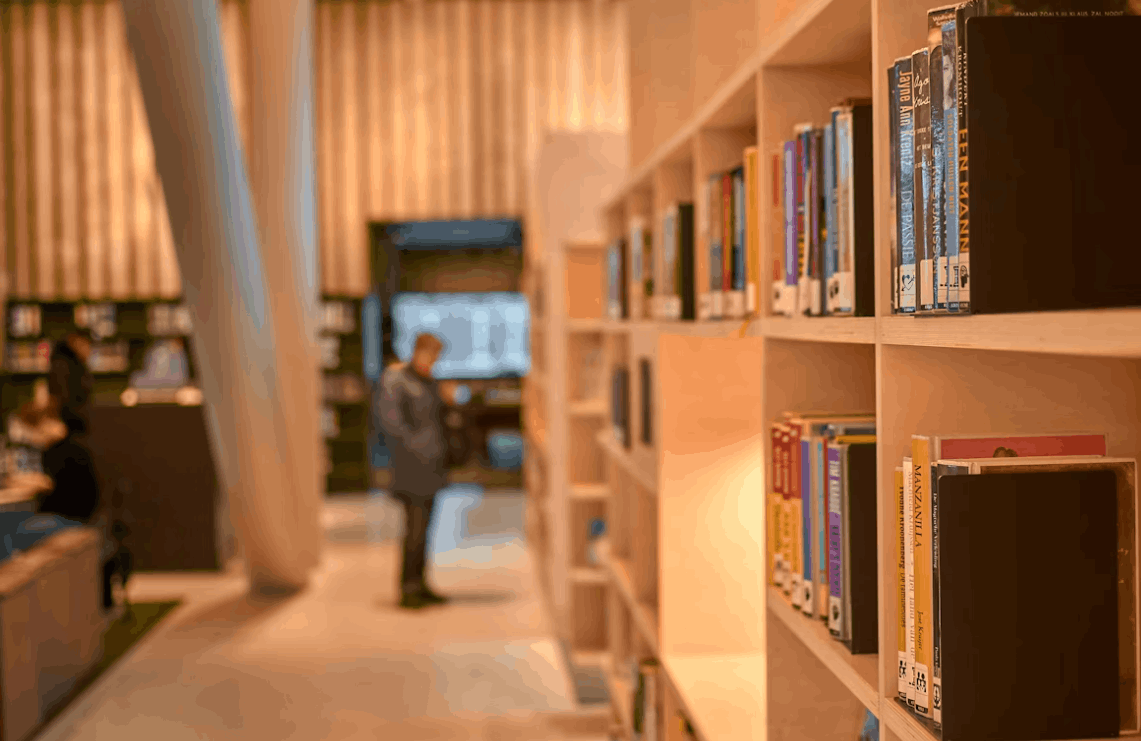Modern Literary Trends

Contemporary literature reflects our rapidly evolving world, capturing technological transformation, social change, and shifting cultural paradigms. The digital age has fundamentally altered how we create, distribute, and consume stories, leading to fascinating developments in both form and content. Today's literary landscape showcases several distinct trends that respond to modern realities while pushing artistic boundaries in exciting directions.
The rise of autofiction represents one of the most significant recent developments, blurring lines between memoir and invention. Authors like Rachel Cusk, Ben Lerner, and Sheila Heti craft narratives that borrow heavily from real life while maintaining fiction's artistic freedom. This trend responds to modern readers' appetite for authenticity and self-examination, offering deeply personal yet artistically shaped explorations of contemporary experience. These works often foreground the writing process itself, creating meta-narratives that comment on storytelling's role in constructing identity and meaning.
Climate fiction has emerged as a vital genre addressing planetary crisis through imaginative speculation. Authors such as Richard Powers in "The Overstory" and Emily St. John Mandel in "Station Eleven" use fiction to explore environmental collapse and humanity's relationship with nature. These works combine scientific accuracy with emotional depth, helping readers process ecological anxiety while imagining possible futures. The genre continues evolving beyond dystopian visions to include hopeful narratives of adaptation and resilience, reflecting growing recognition that solutions require both practical action and cultural transformation.
Diverse voices and perspectives are transforming the literary canon, challenging traditional narratives and expanding representation. Writers from marginalized communities are receiving long-overdue recognition while bringing fresh storytelling techniques rooted in their cultural traditions. Ocean Vuong's "On Earth We're Briefly Gorgeous" incorporates Vietnamese poetic sensibilities into the epistolary novel form, while Tommy Orange's "There There" offers a polyphonic portrait of urban Native American experience. This diversification isn't merely about content—it's enriching literature's formal possibilities through incorporation of different narrative structures and linguistic approaches.
The digital revolution has spawned new hybrid forms that blend traditional storytelling with multimedia elements. Interactive fiction, hypertext narratives, and transmedia worldbuilding create immersive experiences that leverage technology's potential while maintaining literature's essential engagement with language. These developments raise fascinating questions about authorship, reader participation, and the very definition of reading in an increasingly digital world.
Contemporary literature also shows renewed interest in genre blending, with literary authors incorporating elements from mystery, fantasy, and science fiction. Kazuo Ishiguro's "Never Let Me Go" uses science fiction premises to explore profound philosophical questions, while Viet Thanh Nguyen's "The Sympathizer" combines espionage thriller elements with deep psychological characterization. This erosion of genre boundaries reflects broader cultural mixing and demonstrates literature's continuing ability to adapt and incorporate diverse influences.
These trends collectively paint a picture of literature in dynamic transition—honoring its traditions while embracing innovation, maintaining serious engagement with language while exploring new forms and platforms. Today's writers are crafting responses to an increasingly complex world, offering readers both escape from and deeper engagement with contemporary realities. The resulting literary landscape is richer, more diverse, and more exciting than ever before.